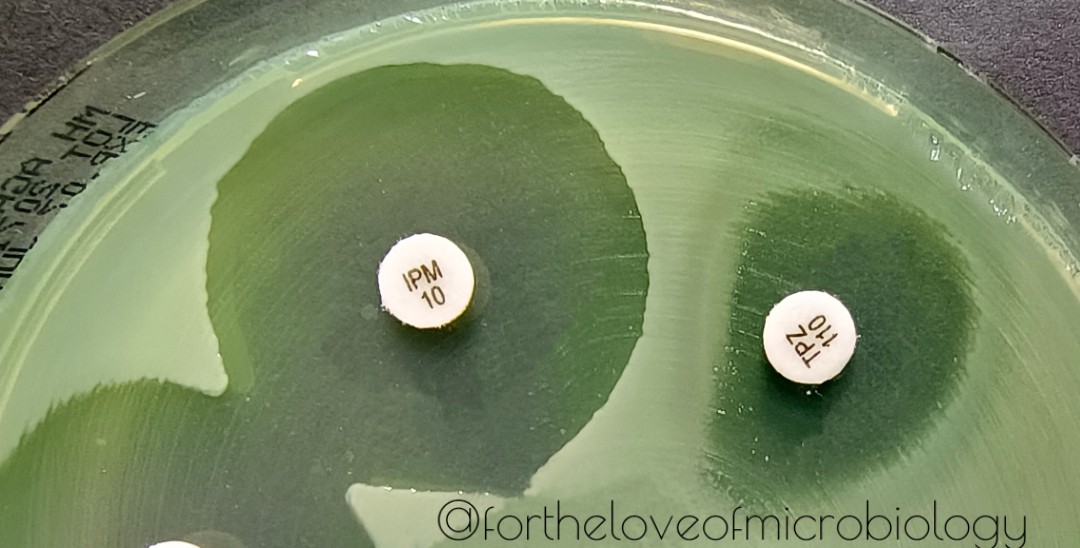Candida albicans on chocolate agar, with starry projections
#Fortheloveofmicrobiology #clinicalmicrobiology #mmidsp #microrounds #IDpath #ASMClinMicro
#MicroTwitter #WomenInSTEM #WomeninMicrobiology #STEM #medtwitter #ClinMicro #microbiologypakistan #PathBugs
#Fortheloveofmicrobiology #clinicalmicrobiology #mmidsp #microrounds #IDpath #ASMClinMicro
#MicroTwitter #WomenInSTEM #WomeninMicrobiology #STEM #medtwitter #ClinMicro #microbiologypakistan #PathBugs

Yeast will grow on bacteriological media (sheep blood agar and chocolate agar).
They may appear as small, creamy or white colonies that are somewhat more raised than staphylococcal colonies.
They may appear as small, creamy or white colonies that are somewhat more raised than staphylococcal colonies.
A presumptive identification of C albicans can be made by observing pasty,yellow-white colonies from which colony projections, often referred to as "feet," extend out from the margins.
These feet have typically been considered a characteristic of C albicans
These feet have typically been considered a characteristic of C albicans
These are actually hyphal elements radiating from colonies on blood-containing media within 48 hours of initial incubation.
These colonies with “feet,” which can also resemble stars and can be seen with Candida dubliniensis.
These colonies with “feet,” which can also resemble stars and can be seen with Candida dubliniensis.
According to ASM, colonies with feet may also be observed in up to 25% of C. tropicalis.
• • •
Missing some Tweet in this thread? You can try to
force a refresh












